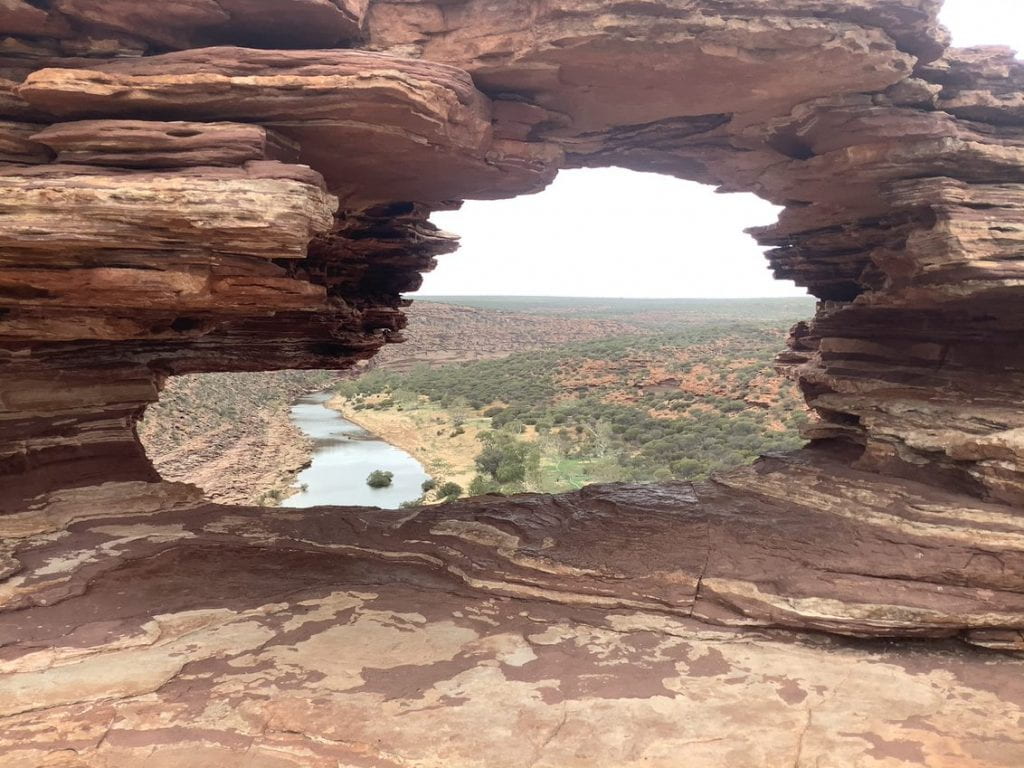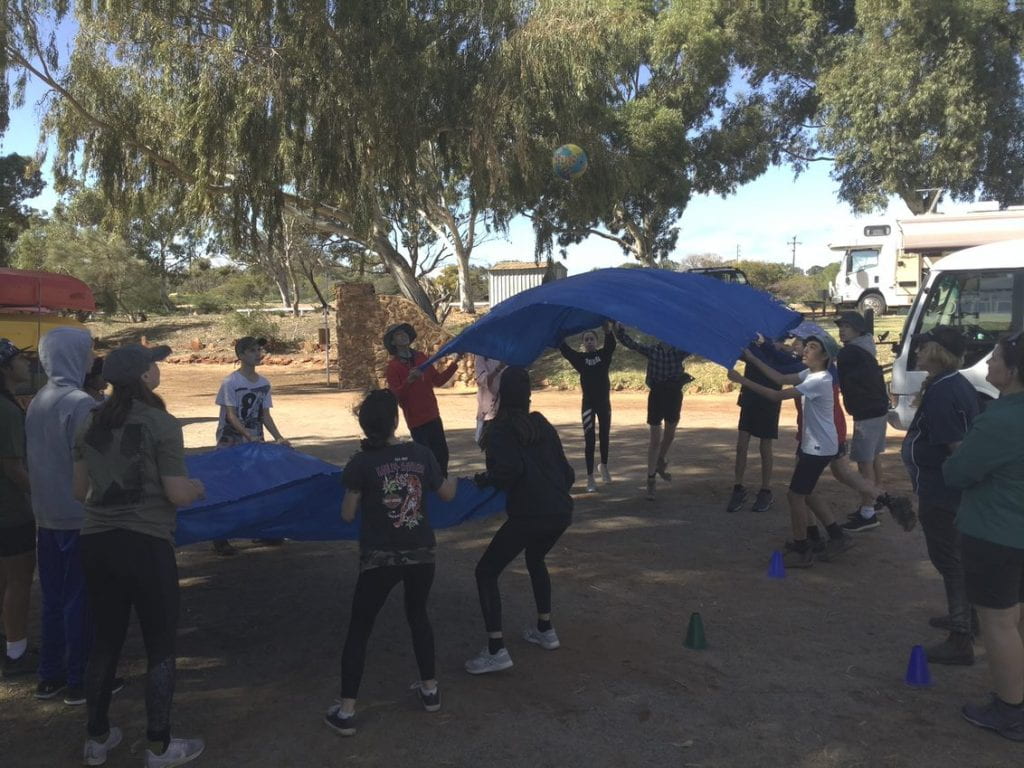Synopsis:
“Journey’s End” is an intelligent, meticulously crafted realistic play about British soldiers in the trenches of World War I. It follow an army company led by Captain Stanhope. The play was created by a war veteran, R.C. Sheriff, The characters in “Journey’s End” have strong relationships with each other, and the play depicts a true and honest account of the battle and how kind the soldiers are to each other despite the brutal circumstances.
Directorial Vision:
This play is based on the real-life experience of RC Sherriff when he was in France in 1918 WW1.
Written in 1928. In style the play is realistic because it uses his experience to tell the story. A realistic play has other aspects like, 3D characters with a psychological story. This means they have an inner journey as well as an external experience. He writes believable everyday dialogue of the time as well as showing real human emotions and relationships. All the dramatic action takes place in the trenches in France, so we use unity of time, place and action which is more believable for the audience. The costumes and set are also realistic.
Our play was a shortened version of the original and we looked at the themes of the effects of war on mental health, relationships, and emotions. We wanted to show the audience how humans can connect and help each other in difficult circumstances. My character of Hardy is a humorous and happy character. He was happy because he served his days and was passing over his duties to the next Captain. This play is important because there are still wars being fought, we wanted to show the importance of learning from history and the past and how through difficult situations, a collective group of people can show humanity to each other.
We used some of Stanislavski’s rehearsal techniques:
1) “Magic If”– we had to lie on the ground and imagine our character in a part of the trench. We had to imagine the sensory experience – what are they wearing, the sounds around them, the smell, the taste. What can they see? Who is with them in the space? What are they thinking about? How are they feeling? This helps the actor really live ‘in their characters shoes’.
2) We learned our lines and then used objectives – what do I want from the line and what is my motivation.
We used some element of drama like mood shifts to show how they characters are feeling in the moment. An example of this is when Osborne says to me “Don’t be an ass.” This shows that he was going through a difficult mental journey as he had been in charge and had to bear all the responsibilities all while expecting a massive German attack.
Movement:
We also had to consider we as actors would move throughout our scenes. Through rehearsals moments where I had to walk to perform a task or to point to a certain part of the scene would occur. At times it would be difficult as I had to naturally move to a certain spot and point to a space while remembering different voice techniques and my lines.
My Character Questions:
Question Two: Please discuss the vocal techniques you selected to create your character.
Throughout the film, my character Captain Hardy uses different vocal techniques depending on the circumstance. For example, at the start of the play, Hardy sings a little tune to himself. This demonstrates his playful nature and funny character. However, as he dives into a conversation with Osbourne, his tone becomes more serious as the mood is more tense and urgent. For example, he says “You know it as well as I do, you (Osbourne) should be commanding this company.” This is said in a firm manner to assure Osbourne that he can handle his job during his six days of work. At the end of the scene, Hardy appeals to his playful side more by explaining to Osbourne a game that the soldiers played as a past time, during this conversation, dialogue that I choose was a lively and high spirited as the soldiers played the game for fun and Hardy was explaining how to play. This reminded Hardy of happy memories with his fellow soldiers and therefore the comical and cheerful voice was the one I chose.
Question Five: Discuss how you used the elements of drama (mood, relationships, dramatic tension, time, and space) to create dramatic meaning in your performance.
The elements of drama are important to create dramatic meaning. The meaning that these soldiers were more than a piece of statistic and had real emotional thoughts, showing humanity to others even in the toughest of situations. Mood was set mainly due to dialogue between the characters, setting a serious or playful environment through the way the characters would say their lines. The timing in the play was important to create dramatic meaning. This is because it would demonstrate the meaning in the play. For example, at the start of the play, when Hardy sings his tune, he finishes it and hums along the melody of it before Osbourne arrives. If Osbourne were to arrive earlier, then meaning of the play would be diminished as the audience would not understand how important little routines and acts are to the soldiers who lived in miserable conditions.



